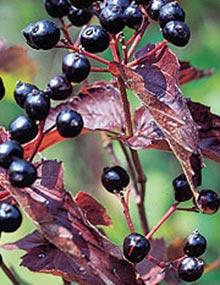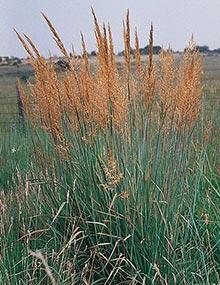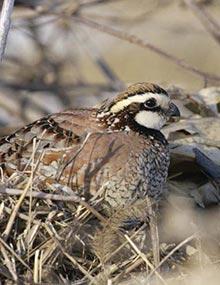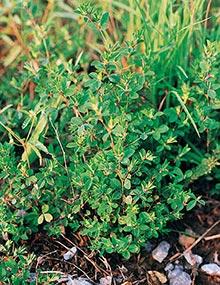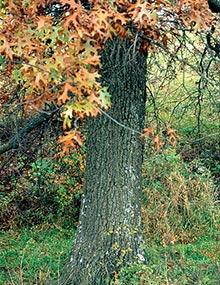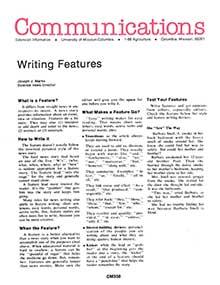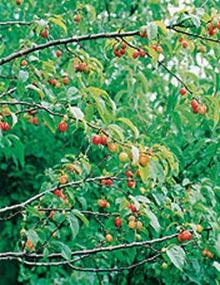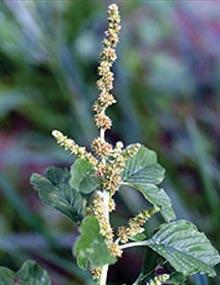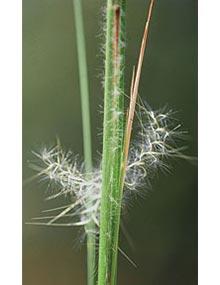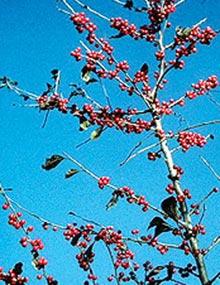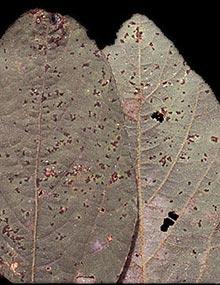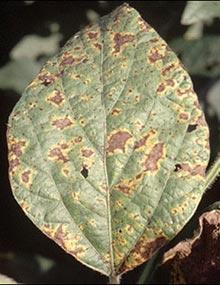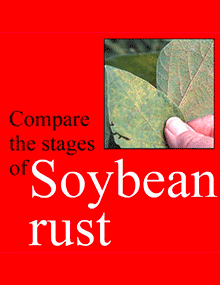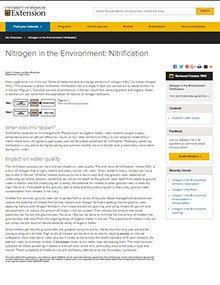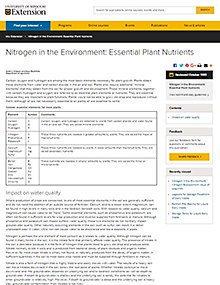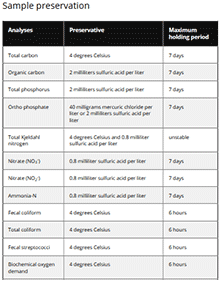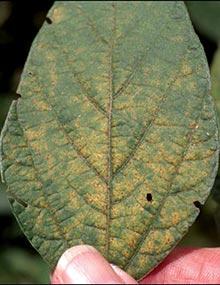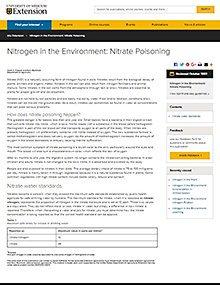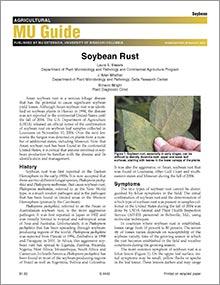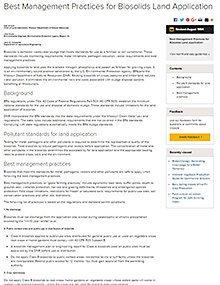Quail-Friendly Plants of the Midwest, Page 56
Reviewed
Viburnum grows as shrubs or small trees with branching crowns. Flowers are borne in dense, flat-topped panicles that produce many red to bluish black, berrylike fruits in fall. The leaves are opposite and turn brilliant shades of deep rose-purple to rose-red or bright red in fall.
Quail-Friendly Plants of the Midwest, Page 27
Reviewed
Indian grass is a tall, warm-season nativethat averages 4 to 6 feet in height at maturity. Stems are stiff, and leaves are long and narrow. A characteristic of the plant is the notched ligule, suggesting the rear sight of a rifle.
Quail-Friendly Plants of the Midwest, Page 59
Reviewed
Acknowledgments
The authors gratefully acknowledge the following individuals and groups for their constructive review of this publication: Steve Clubine, Elsa Gallagher, Emily Horner, Lee Hughes, Aaron Jeffries, Matt Seek, Tim Smith, Bill White, and members of the Missouri Quail and Grassland Bird Technical Committee.
Quail-Friendly Plants of the Midwest, Page 30
Reviewed
Annual lespedeza and Korean lespedeza exhibit many similarities in growth form, occurring as semierect herbaceous plants with three-lobed leaves and reddish-purple to white flowers. Lower leaves are spreading while upper leaves stand erect.
Quail-Friendly Plants of the Midwest, Page 33
Reviewed
Oaks are long-lived trees that produce a seasonally important food for dozens of wildlife species. Their distinctive leaves and bark are identifying features.
Writing Features
Reviewed
Good feature writers are imaginative, curious, nosey, attentive, unconventional, witty, and usually are not above "borrowing" a good writing idea from someone else.
Quail-Friendly Plants of the Midwest, Page 36
Reviewed
More than three dozen species of panic grass are commonly found across the Midwest. Seeds are football-shaped and borne on a sprawling, panicle-shaped seed head. The leaves of panic grasses resemble flags along the stem.
Quail-Friendly Plants of the Midwest, Page 04
Reviewed
American plum can grow as a small tree up to 20 feet high but more commonly occurs in colonies or thickets by sending up root suckers and shoots.
Quail-Friendly Plants of the Midwest, Page 07
Reviewed
Bidens is most often found in moist areas. It has yellow flowers that are 1 to 1.5 inches.
Quail-Friendly Plants of the Midwest, Page 39
Reviewed
Pigweed leaves are alternate and simple. Small green or tan flowers produce small, round, shiny black seeds. The roots are red when pulled. Depending on the species, pigweed may grow 1 to 8 feet tall.
Quail-Friendly Plants of the Midwest, Page 10
Reviewed
Broomsedge is a native warm-season grass that is often confused with little bluestem, but broomsedge stems are the more flattened and more densely leafed. Also, broomsedge in the fall/winter is typically yellowish tan, while little bluestem has a bronzy color.
Quail-Friendly Plants of the Midwest, Page 42
Reviewed
Possum haw grows mostly as a shrub but sometimes as a tree up to 30 feet tall. The twigs are slender with short, spurlike lateral twigs. The white flowers bloom in mid-spring either singularly or in clusters. Fruits are orange to red and globe-shaped.
Soybean Rust, Page 2
Revised
Bacterial pustule (Xanthomonas axonopodia pv. glycines)
Benefits and Risks of Biosolids
Reviewed
Biosolids are domestic wastewater sludge that meet standards for beneficial use as fertilizer. Visit our site to learn the Benefits and Risks of Biosolids.
Soybean Rust, Page 5
Revised
Septoria brown spot (Septoria glycines)
Soybean Rust, Page 8
Revised
Compare soybean rust disease stages by looking at them side by side.
Collecting and Preserving Waste and Wastewater Samples for Analysis
Reviewed
Waste handling systems are used to protect the environment. Visit our site for our Collecting and Preserving Waste and Wastewater Samples for Analysis guide.
Soybean Rust, Page 3
Revised
Downy mildew (Peronospora manshurica)
Soybean Rust, Page 6
Revised
Soybean rust (Phakopsora pachyrhizi)
Soybean Rust
Reviewed
Asian soybean rust is a serious foliage disease that has the potential to cause significant soybean yield losses. Anyone involved in soybean production needs to be familiar with the disease and its identification and management.
